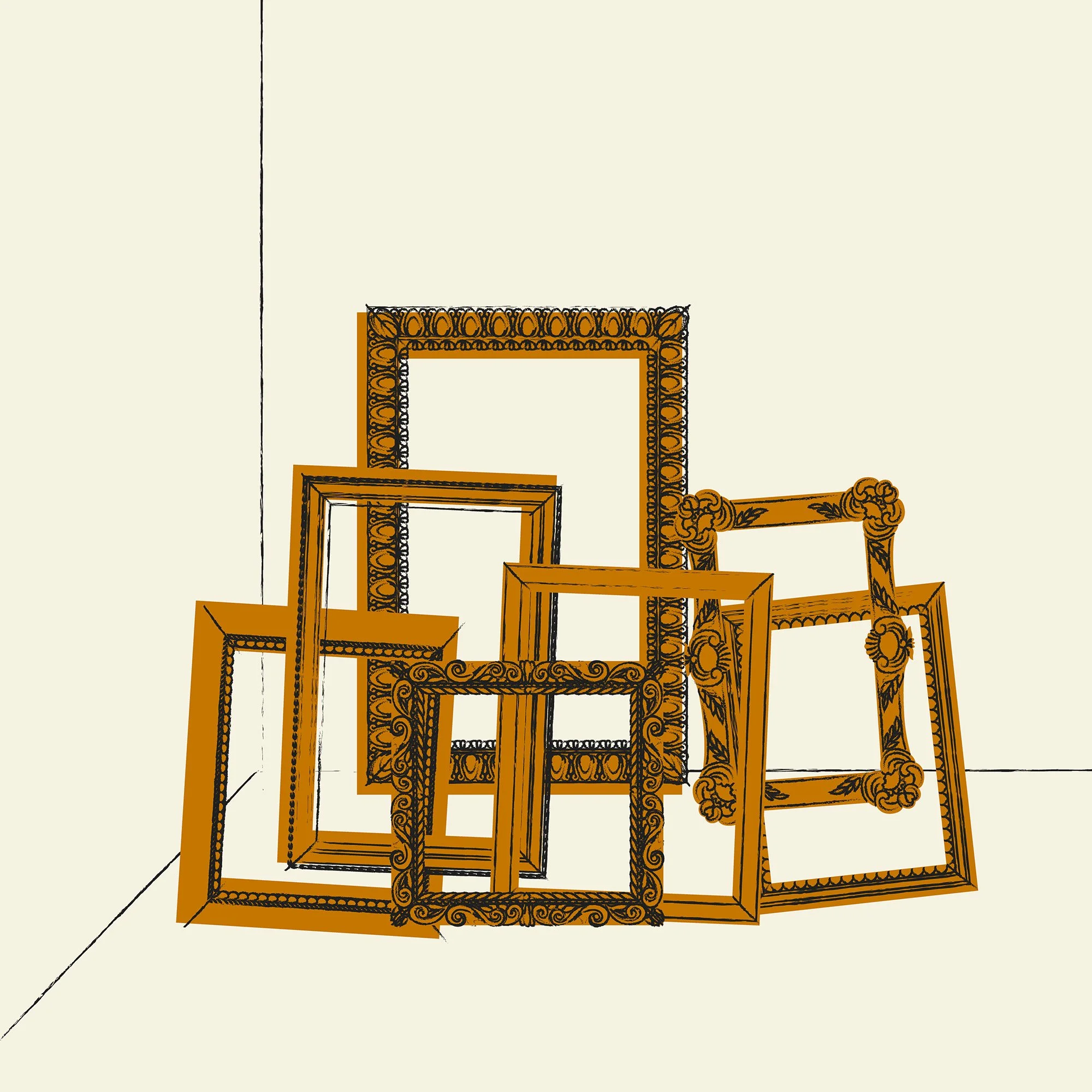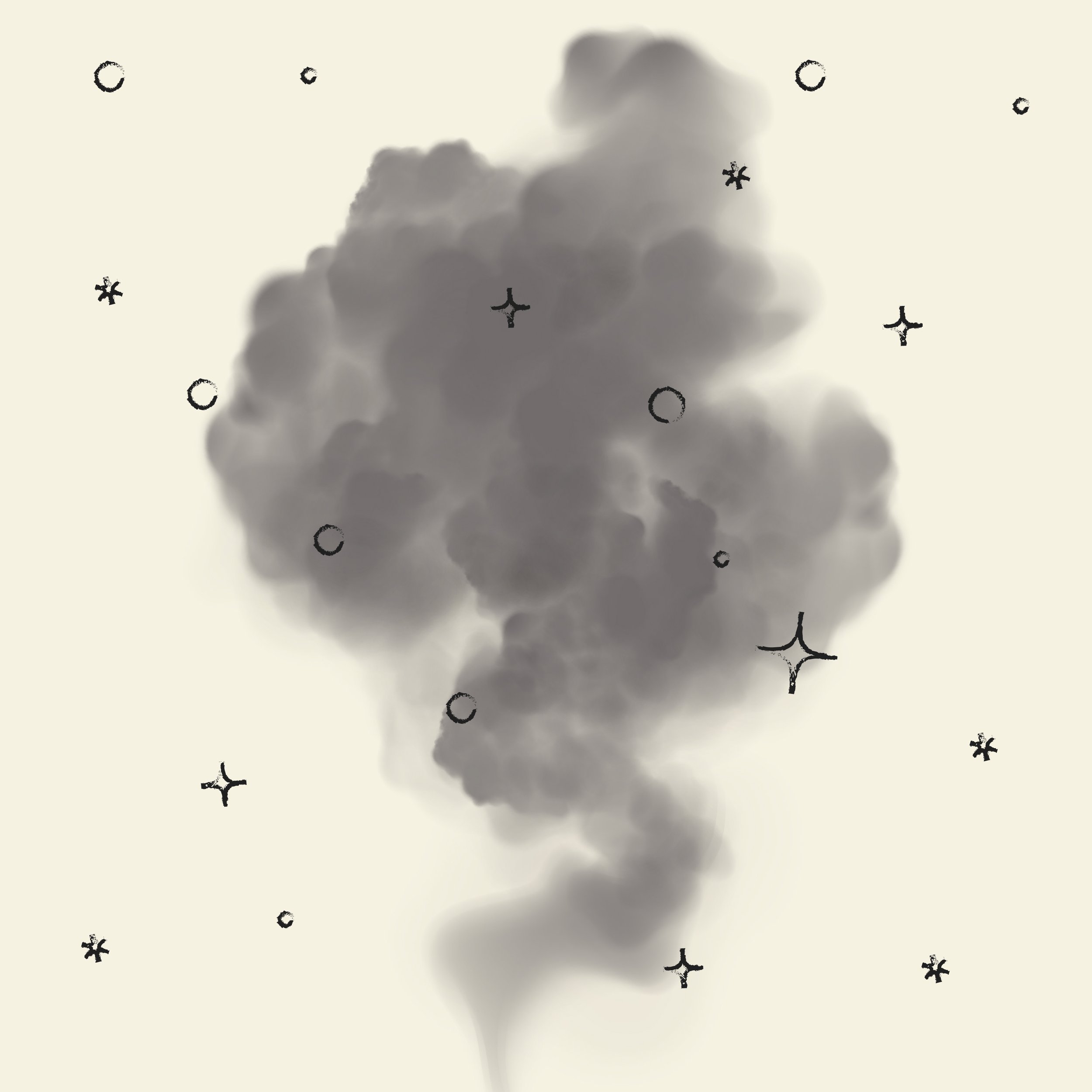Life in Occupied Ukraine
Two first-hand accounts of the fragile conditions at the Zaporizhzhia Nuclear Power Plant.
FEBRUARY 28, 2023
On March 4, 2022, Russian forces occupied the Zaporizhzhia Nuclear Power Plant in southeastern Ukraine. Composed of six nuclear reactors, the station has been at risk of malfunctioning ever since, potentially threatening the lives of millions inside Ukraine and throughout Europe. On Aug. 25, the plant was entirely disconnected from Ukraine’s power grid for the first time in its 38-year existence. A similar sequence of events triggered the nuclear meltdown at Fukushima in 2011. Luckily, Ukrainian workers were able to quickly restore power to the plant, narrowly escaping catastrophe. But there’s no guarantee that disaster won’t strike again, especially given that the remaining plant workers continue to labor under enemy occupation.
The plant is located outside the town of Enerhodar, one of Ukraine’s youngest cities. It was founded in 1970 when construction began on the plant, which opened in 1984. Before the invasion, the city lived according to the rhythms of the nuclear station. Everyone got up at 4 in the morning and left for work at 5; the morning shift at the station started at 7. The schools and day cares opened at 6:30. There weren’t many late-night parties in Enerhodar since everyone had to be at work in the morning.
What follows is an account of the occupation of Enerhodar and its nuclear station, as told to journalists Inna Zolotukhina and Irina Yaroshynska in summer 2022. Today, the plant remains under occupation, with military operations ongoing in the surrounding area. The International Atomic Energy Agency warned, at the end of January, of “powerful explosions” occurring outside the plant. In late February, the Ukrainian energy company Energoatom reported that two cruise missiles had narrowly missed the plant. All six reactors are currently shut down, though two of them are in what’s called a “hot shutdown mode,” supplying energy to town residents and powering the plant itself. The IAEA has deployed permanent nuclear safety and security teams to all of Ukraine’s other nuclear facilities.
Rita, Grandmother
One source, whom we’ll call Rita, told us about life in the nuclear city in short bursts, over a phone line that was repeatedly cut off. After the full-scale invasion began, her son, her daughter-in-law and her 6-year-old granddaughter sat in line at the checkpoint for four days to leave Enerhodar. When they had crossed the checkpoint, the little girl asked her mother whether their car would be checked again. The whole way, she was scared the Russians would take away her backpack of toys. She’d seen how the adults were hiding things away on the trip so they wouldn’t be taken at the checkpoint. Her mother, Rita told us, promised not to let anyone take her backpack.
Though Rita’s children and grandchildren left the occupied territory, Rita decided to stay behind to look after their apartments, dachas and belongings. She told us she’d leave Enerhodar if a general evacuation was announced, but for now she intends to stay in the city that she’s called home since 1980.
“At first, we thought our nuclear power plant was the safest place in Ukraine. We thought nothing could happen here, and that if there was anywhere to hide, this would be the place,” Rita said.
“Then a week into the war, a week into Ukraine’s resistance, they occupied the plant. We thought: Well, they’ve seized the plant, but they won’t do anything bad — I mean, it’s a nuclear site.
“When they started shelling the reactors, we finally understood: There’s nothing they won’t do.”
“And when they started causing problems, we thought: Well, at least there won’t be any shooting.
“When they started shooting, we thought: Well, they won’t shell the reactors.
“When they started shelling the reactors, we finally understood: There’s nothing they won’t do.
“There’s only one road into Enerhodar that connects the city to unoccupied Ukraine. It goes through Vasylivka and then on to [the city of] Zaporizhzhia. It’s the largest checkpoint in the region. Right now there are 900 cars waiting to get to unoccupied Ukraine, and they only let maybe a hundred through each day. Volunteers and business owners are allowed in the opposite direction, into occupied territory — but only 30 cars a day. Cars moving from Zaporizhzhia into Enerhodar sign up to secure spots in line in advance in order to get through the checkpoint.
“If they suspect you support Ukraine, then they’ll beat you around the kidneys, or take you into the forest and tie you to a tree, or force you to dig your own grave.”
“The occupiers deliberately cause the backup so that a large mass of people is crowded into one spot. That way, the Ukrainian army can’t shoot into the road. The Russians are using civilians as a shield to give them freedom of movement.
“We try to be calm when we go through the Russian checkpoint. If someone isn’t respectful enough when they hand their passport over, or doesn’t look them in the eyes, or doesn’t take off their glasses fast enough, or is talking on the phone, then that’s it: They take you off the bus and down to ‘the basement.’
“My friend’s husband was taken yesterday because, while he was talking with some friends, he pointed toward where the shelling was coming from. They monitor our social media, and anything at all can get you sent to the basement for 15 days. If they suspect you support Ukraine, then they’ll beat you around the kidneys, or take you into the forest and tie you to a tree, or force you to dig your own grave. They hold people for two or three months at a time. “They don’t allow them to sleep, torture them with electrical shocks, leave them with bags over their heads for days on end. More than 300 workers from the power plant have already passed through the basement. We just never imagined we’d be describing ‘life under occupation’ in the 21st century.
“These Russian fascists try to be polite with us. They get onto the bus: ‘Good afternoon, comrades.’ Not a word in response. ‘Let’s see your documents.’ Everyone shows them without speaking. ‘Have a pleasant trip, comrades.’ Dead silence, not a peep from anyone. And if some idiot does answer, ‘And you have a good day, too,’ then as soon as the bus leaves, people will heap so much abuse on her that she’ll get off at the very next stop.
“In a town of 30,000, people know everything about each other. In the very first days of the occupation, local collaborators immediately emerged and handed lists of all the local businesspeople over to the Russians. Anyone who had property, who ran a business or shop, who had money or a nice house — they were all on those lists. The Russians immediately went through the entire list. If the owners had already managed to escape, the Russians broke down their doors and took their safes and valuables.
“Then they gathered all the business owners who were left in the city and ordered them to either hand over their businesses or agree to pay the Russians a percentage of their profits. Older people had their businesses expropriated immediately and then were ‘magnanimously’ allowed to work at their own shops without pay.”
The Plant Worker
The plant worker is 49 years old and had worked at the nuclear plant for some 20 years. We contacted him via a social network; he agreed to share his story but asked to remain anonymous. He told us:
“If all the workers from the power station had evacuated, we wouldn’t be talking here today.
“Our plant doesn’t just produce electricity, it also uses a huge amount of energy to cool the reactors. For the last three weeks, we’ve only had one power line available. On Aug. 25, that last link to the Ukrainian grid was cut, so we needed to cool the reactors immediately. If there’s a total loss of power, diesel backup generators automatically kick in to allow us to bring the reactors’ condition to a safe, controlled state.
“If we hadn’t balanced the system in those three days, there would have been a meltdown.
“If the fuel isn’t cooled, it will begin to melt. When the temperature reaches 3,000 degrees, the reactor core and its concrete containment structures will melt and cause thermal explosions. When the reactor is shut down, there is still a huge amount of heat that has to be removed. Without power, the heat can’t be removed. Everything happens very quickly and once a chain reaction begins, it can’t be stopped.
“The occupiers don’t interfere with the work of the nuclear plant staff. For us, they’re like tourists; they don’t interfere in the technical operation of the plant. They play cards on the windowsills or sit around on their phones. Sometimes they walk around behind us, watching what we’re doing. Our nuclear technicians are under constant strain. No one knows what an armed brute might get into his head.
“And then one of the plant staff yelled, ‘I don’t give a damn, go ahead and shoot me, I have to save people’s lives.’ And he walked straight at the machine guns.”
“On Aug. 25, when the plant ‘hit zero,’ as the nuclear techs call it, the entire Ukrainian management team ran in to save the situation. The Russian National Guard wouldn’t let them in because it was outside of working hours. They were shouting and threatening to shoot. And then one of the plant staff yelled, ‘I don’t give a damn, go ahead and shoot me, I have to save people’s lives.’ And he walked straight at the machine guns. The occupiers didn’t dare shoot him, and his co-workers followed him in.
“There’s no need to feel sorry for us or pity us. We’re home, on our own land, working for a Ukrainian enterprise, and we receive our Ukrainian salaries. We’re surer than ever that they’ll get out of here.”
✺
The night after we spoke with the plant employee, Russian forces shelled Enerhodar again.
As of February, the plant worker does not work at the station anymore. He refused to accept Russian citizenship, so the occupiers kicked him out of the plant. He, his wife and their two children now leave their house only to get groceries. They say they can’t even venture over to a neighboring village, never mind leaving Enerhodar for good. They are running out of money.
Plant workers who refuse to work with occupying Russian authorities have been reportedly kidnapped and tortured in recent weeks, according to Enerhodar Mayor Dmytro Orlov. He reported that 15,000 residents remain in the city.
This is an edited translation of an article originally published on Aug. 30, 2022 by the Ukrainian site Reporters.
PHOTO: “Українська: ЗАЕС” by Leo211 is licensed under the Creative Commons Attribution-Share Alike 4.0 International license.



